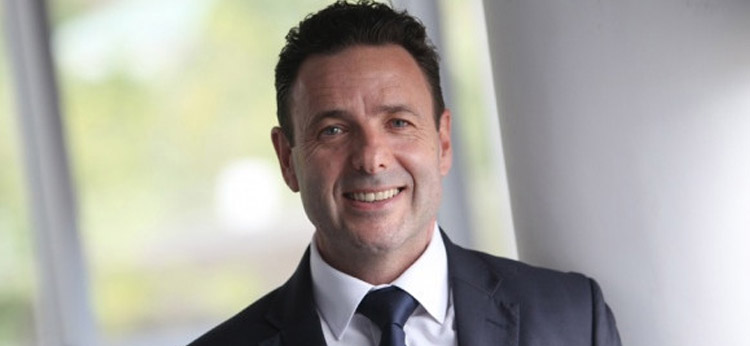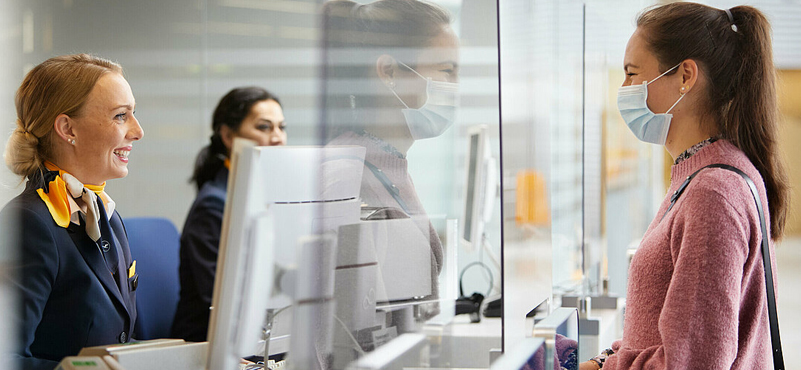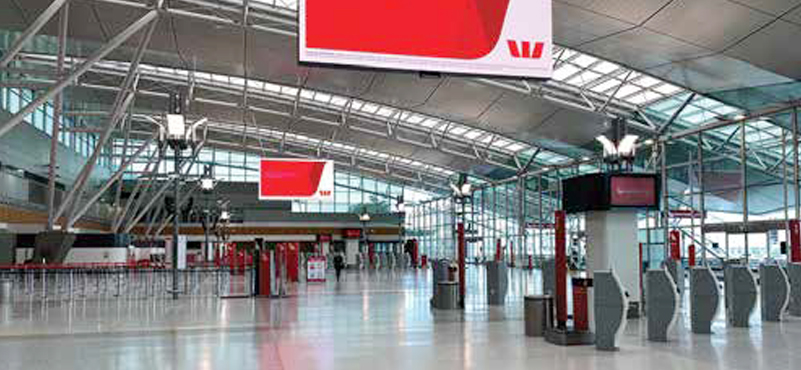With buoyancy returning back to Indian aviation business since late 2014 with a significant decline in ATF prices, the domestic carriers have once again begun to be in the news for the right reasons. A major upturn in passenger volume, the stock markets giving a big thumps up to Indigo IPO, SpiceJet giving a sparkling performance finding its lost ground much sooner than expected and an all round sense of major expansion in the near to medium run by all leading carriers – these have been the critical constituents of the aviation buzz generated in the recent times.

CEO, JET AIRWAYS
Surprisingly, the buzz relating to India’s premier carrier and traditional giant Jet Airways has been somewhat low vis-à-vis Indigo or SpiceJet. A general feeling in the aviation circle is that the Jet management has kept its cards close to its chest providing ample opportunity to the market to dabble in speculations. Mostly rooted in: if Etihad will further spike its stake in the Indian carrier? However, when the outgoing CEO of Jet Airways Cramer Bell (he will finally demit his office at the end of this month) took to the stage at CAPA annual summit in Mumbai early this month, he surprised the gathering by narrating a spate of developments which are unfolding at the operational level in the airline; almost silently and quietly, away from the media glare. And according to Cramer Bell, the new initiatives have started showing results.
“ Last year, we had initiated a three year turnaround plan. Our primary target in 2015 was to bring down losses. 2016, our entire focus is on consolidation and by the next year, we will be in a profitable territory,” he said. According to Bell, the airline which is presently operating 630 daily carrying 75 thousand passengers daily (500 domestic and 130 international), is increasingly consolidating its position by improving its product and services and re-engineering its network and fleet. “ We have made investments in the cabins of 737, A 330, 777 and ATR planes. They have been completely refurbished,” Bell pointed out while adding that the stress on quality improvement has also brought in some quantitative benefits. “ Standardizing and refurbishing the configuration of A 330, 777, 737 and ATR fleets have also resulted in 5 percent additional seats in our fleet, an equivalent of capacity offered by nine mid-sized aircrafts. This has resulted in substantial increase in our capacity. Plus, we have created flexibility in the configuration of our Boeing 737 planes in such a way that they can be easily deployed in both domestic as well medium haul international routes,” he added. Jet Airways has also made its way to the Flightstats’ prestigious list of top ten airlines for Asia-Pacific on the critical OTP (on time performance) parameter released for 2015, the only airline from India. “ This itself is reflective of our improving performance,” Bell emphasised. Jet Airways outgoing CEO also claimed that there has been a significant increase in fleet utilisation – to the extent of 11.3 percent with every aircraft now clocking an average of 12.7 hours in the air.
Meanwhile, Bell confirmed that the increasing international operational integration with its foreign partner Etihad Airways, has begun to show results on all fronts. “ With Etihad Airways, we are connecting to Abu Dhabi from 15 points in India. Our codeshare agreement with Etihad has given us the leeway to connect to 20 points globally from Abu Dhabi. Our increased codeshare traffic was to the tune of 424 percent in 2014-15 and it has grown at a hefty rate of 122 percent in the first half of the current fiscal,” explained Bell. Jet Airways, on a cumulative basis, has codeshare arrangement with 22 international airlines (1228 daily flights across 89 destinations), and Bell asserted that this route is now more efficiently used. “We have seen a passenger growth of 26 percent over last 18 months,” he pointed out.
As a sum total of these developments, Jet Airways, as Cramer Bell claimed, is on a much firmer footing than what many in the market would imagine. “ We have made a strong start in the current fiscal with registering two profitable quarters in the beginning. And with planned improved network and services quality, our positioning will further improve in 2016-17. We are well on track for our three year turnaround programme,” Bell asserted. Meanwhile, just a few days after Cramer Bell apprised the aviation industry about Jet Airways’ turnaround plans at the CAPA summit, the airline reported third consecutive profitable quarter in a row and posted highest ever quarterly profit at Rs.467.11 crore in the three months ended December, compared with a profit of Rs.63.11 crore in the year-ago quarter. The record profit has been notched up on a 7.77% increase in sales to Rs.5,443.97 crore from Rs.5,051.02 crore a year ago and probably validates Bell’s assertion that Jet Airways’ revamp initiatives are on the right track.




































